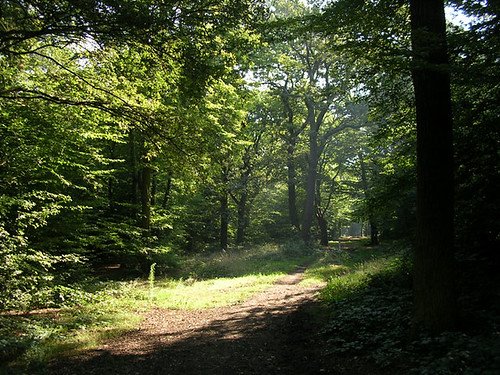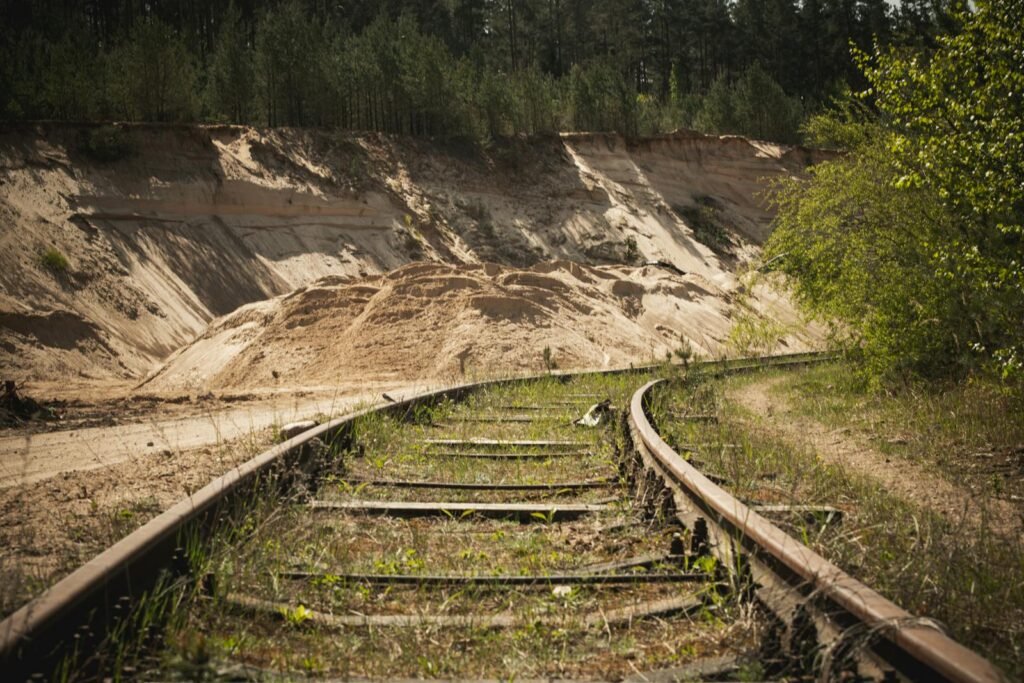Imagine standing in the middle of Texas, feeling the heat on your back, and picturing giant, razor-toothed monsters gliding just a few feet above your head. It sounds like a wild fantasy, but millions of years ago, Texas was not the dry land we know today. Instead, it was submerged beneath a vast, shallow sea teeming with some of the most astonishing prehistoric creatures ever to roam the planet. Today, the proof is scattered beneath our feet—fossilized teeth, bones, and shells that whisper secrets of a world that once was. These relics tell a story that is at once thrilling, terrifying, and utterly awe-inspiring. So, buckle up as we dive deep into the ancient past of Texas, where monsters ruled the waves and every fossil is a ticket to another era.
The Western Interior Seaway: Texas Underwater
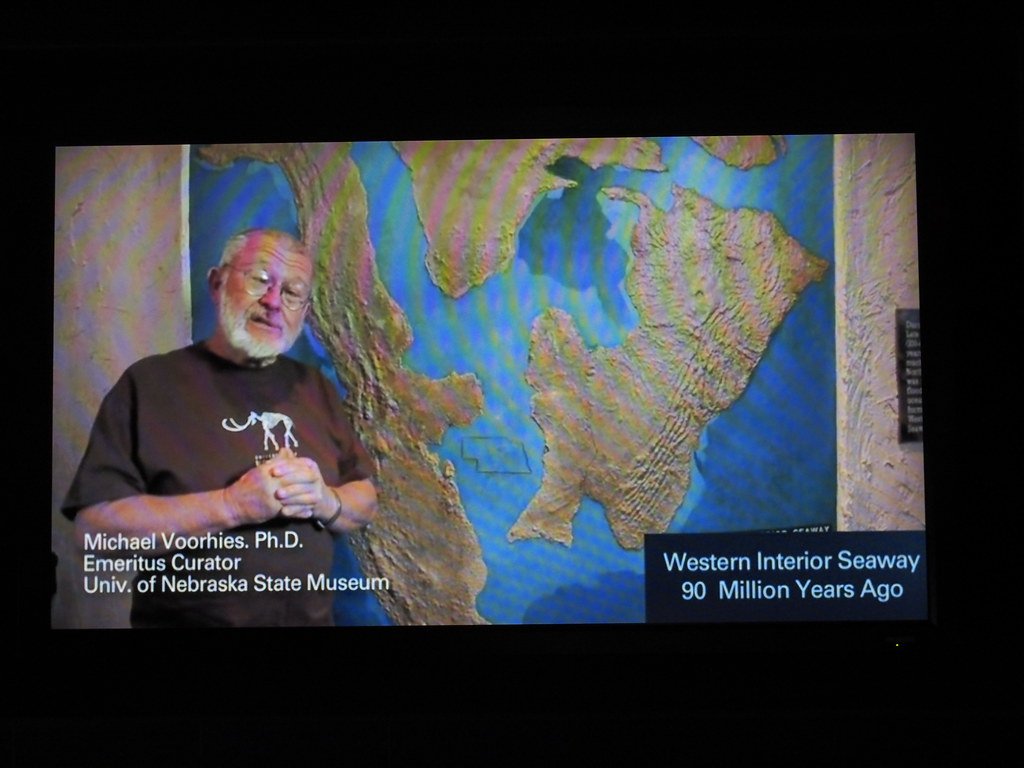
Picture Texas as an underwater paradise, part of a gigantic body of water called the Western Interior Seaway. This seaway, stretching from the Gulf of Mexico all the way to the Arctic Ocean, effectively split North America in half. It wasn’t a narrow river—it was hundreds of miles wide, brimming with life and mystery. The warm, shallow waters made it the perfect home for countless marine species, ranging from tiny plankton to gigantic marine reptiles. For millions of years, what we now call the Lone Star State was a primeval ocean floor, shaped by shifting continents and rising sea levels. Every rock and fossil found here today is a silent testament to that watery world.
Why Texas Was a Hotspot for Prehistoric Life

Texas wasn’t just underwater; it was in the perfect spot to host a frenzy of life. The climate was subtropical, the waters rich in nutrients, and the coastline ever-changing. These conditions created a buffet for predators and prey alike. Coral reefs, sandbars, and lagoons stretched for miles, serving as nurseries for young creatures and hunting grounds for the monsters at the top of the food chain. With so much abundance, it’s no wonder that Texas became a fossil hunter’s dream—filled with remnants of creatures that once dominated the seas.
The Monsters Beneath the Waves: Mosasaurs
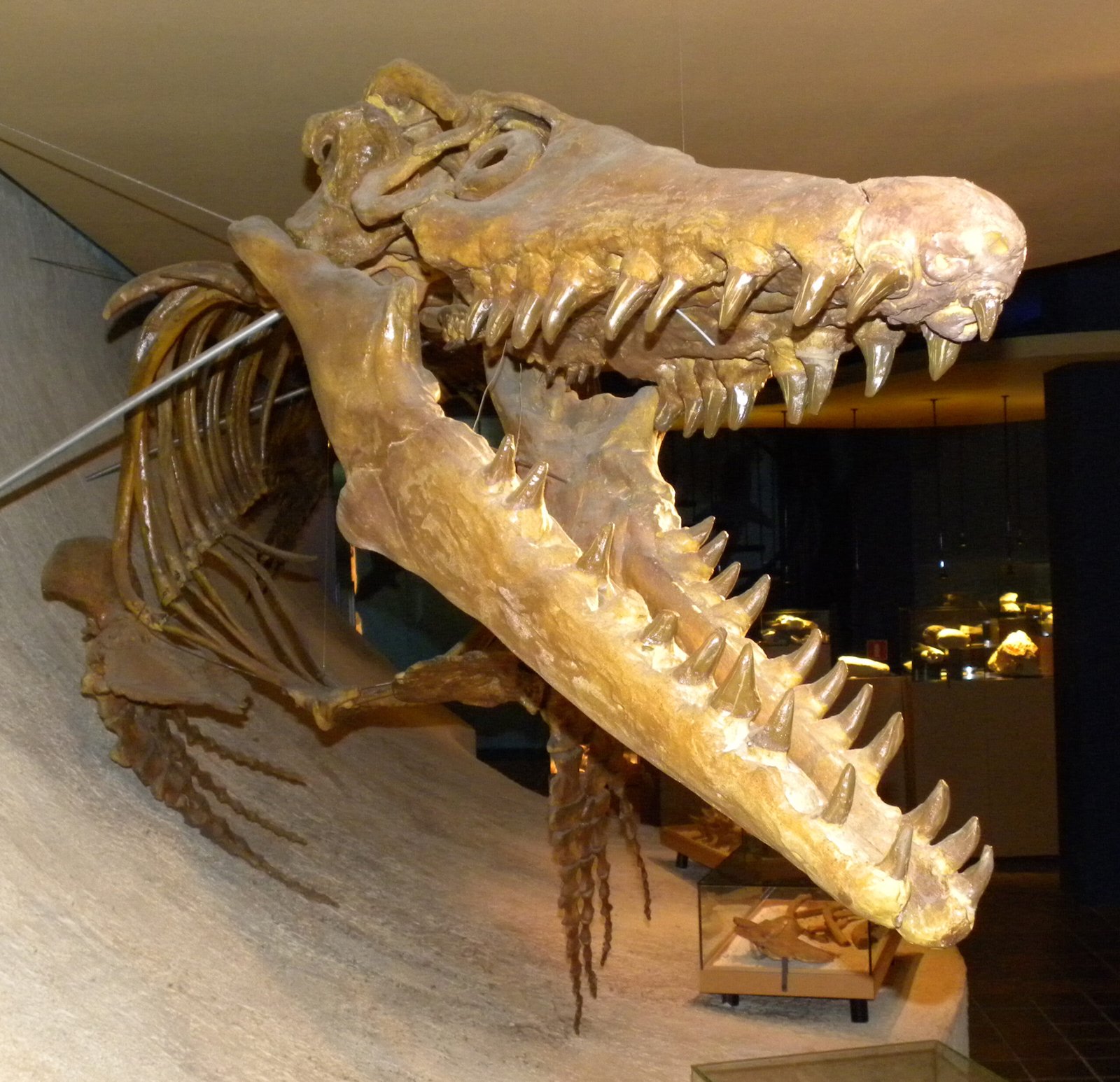
If you think of marine monsters, mosasaurs will surely send shivers down your spine. Imagine a predator as long as a school bus, with double-hinged jaws lined with dagger-like teeth. These were not gentle giants—they were apex hunters, snapping up anything unfortunate enough to cross their path. The fossil record in Texas is rich with mosasaur teeth, some still sharp enough to give you goosebumps. Paleontologists have found skulls with bite marks from other mosasaurs, proving that these beasts even battled each other in their ancient ocean home.
Plesiosaurs: The Long-Necked Legends

Plesiosaurs are the creatures that fueled legends of lake monsters and sea serpents. With long, flexible necks and paddle-like limbs, they glided gracefully through the water. Some had necks longer than their bodies, perfect for sneaking up on schools of fish. Fossilized vertebrae and teeth from plesiosaurs have been unearthed across Texas, reminding us that these elegant hunters once slid through the shallows, their heads darting out like snakes after prey. It’s hard not to be fascinated by the idea of such creatures lurking where we now walk.
The Ferocious Sharks of Ancient Texas
The ancient seas of Texas weren’t just home to reptiles; they buzzed with sharks of all shapes and sizes. One of the most famous is the Squalicorax, or “crow shark,” a predator with teeth designed for slicing flesh, not just crushing shells. Fossilized shark teeth are some of the most common finds in Texas, ranging from tiny, needle-like specimens to broad, triangular daggers. Some belonged to sharks longer than a pickup truck, while others hint at an even greater diversity of shark life than we see today. Each tooth is a silent scream from the past, proof that danger was never far away.
Giant Turtles: Armored Titans of the Sea
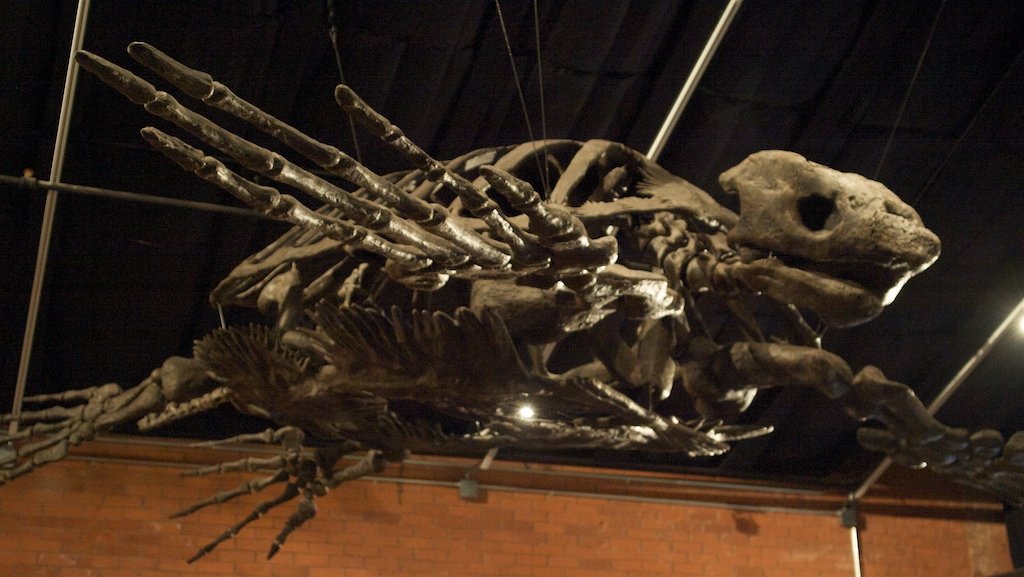
Not all ancient sea monsters were terrifying predators—some were gentle giants. Archelon, the largest sea turtle ever discovered, cruised these ancient waters. Imagine a turtle the size of a Volkswagen Beetle, its shell covered in thick armor, its beak ready to snap up jellyfish and other soft-bodied prey. Fragments of their massive shells and even their fossilized eggs have been found in Texas, painting a picture of peaceful giants drifting through the prehistoric sea, occasionally crossing paths with more fearsome neighbors.
The Bone Beds: Fossil Hotspots Across Texas
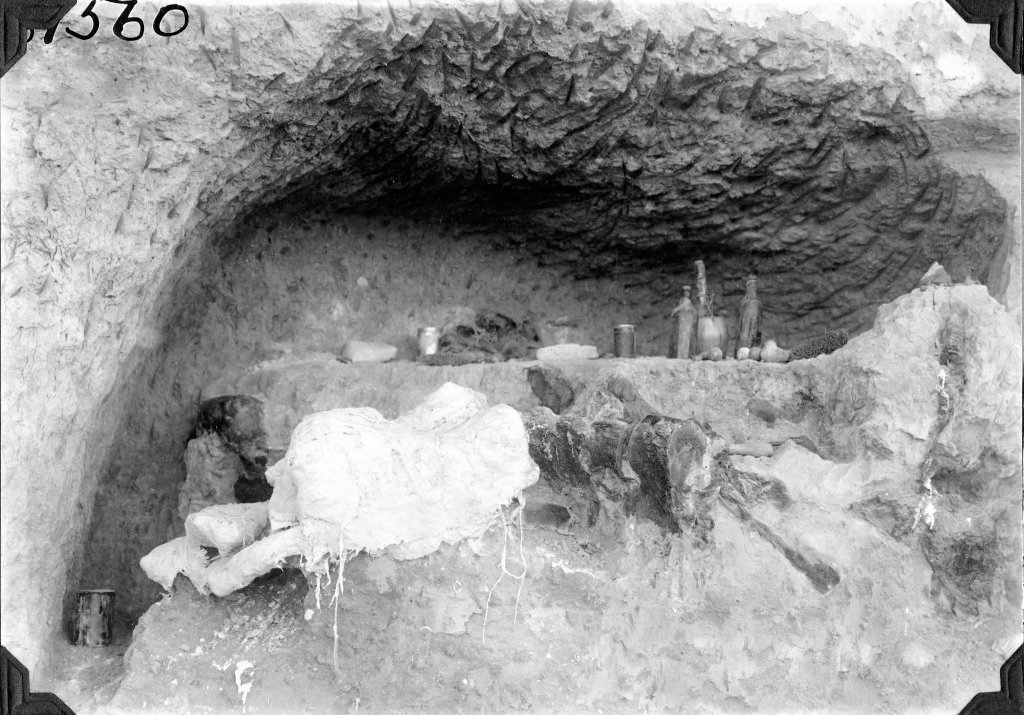
Texas is a treasure trove for fossil hunters, thanks to its rich bone beds. These are places where ancient remains accumulated over thousands of years, buried by storms and shifting tides. Sites like the Waco Mammoth National Monument and the Arlington Archosaur Site are famous for yielding incredible finds—sometimes entire skeletons, other times a glittering collection of teeth, bones, and shells. Exploring these sites is like stepping into a time machine, with every shovel full of earth offering the chance to uncover something breathtaking.
The Mystery of Enchodus: The Saber-Toothed Fish
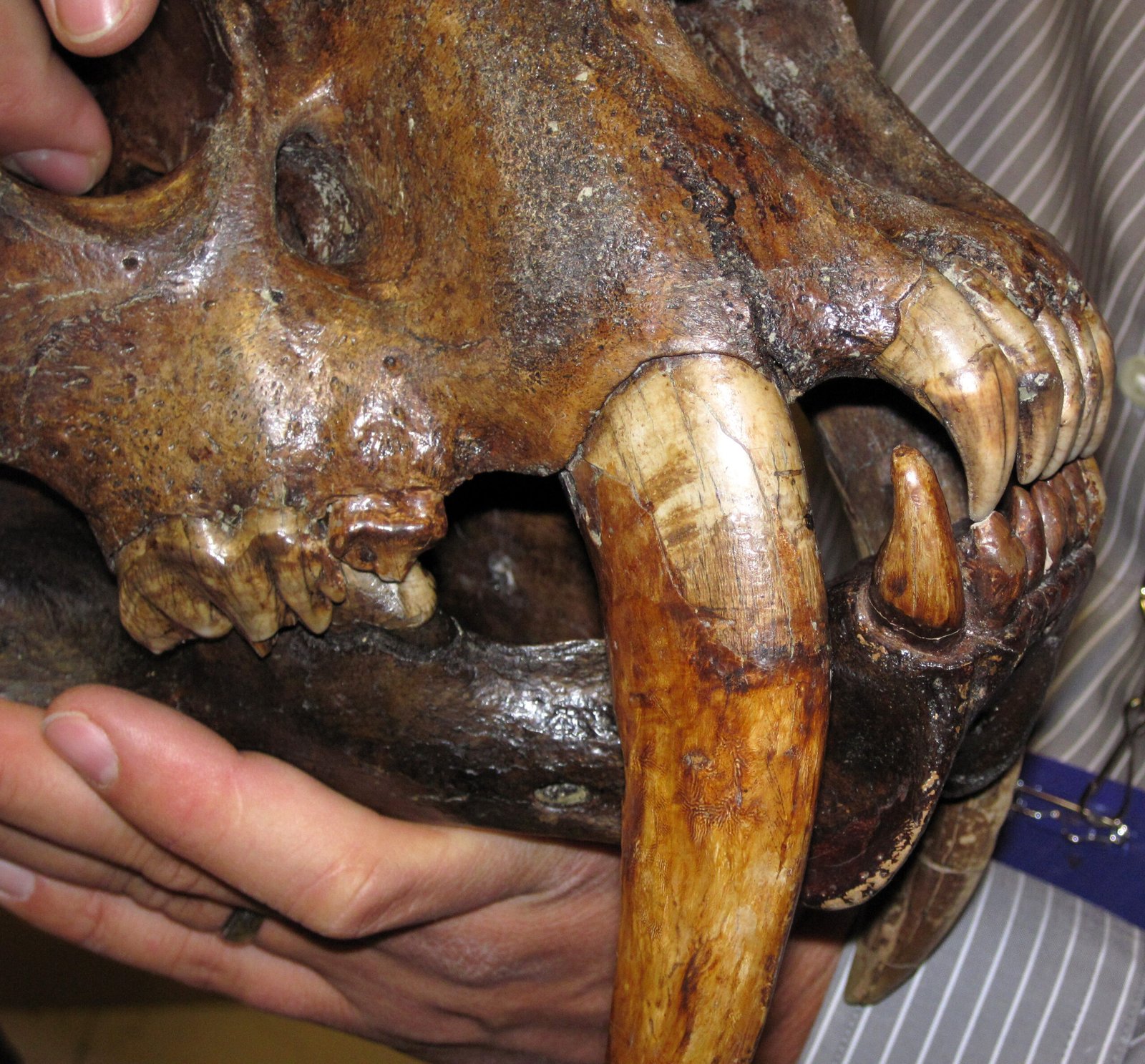
Most people don’t picture fish as monsters, but Enchodus shatters that image. This prehistoric fish boasted fangs so large, paleontologists call it the “saber-toothed herring.” Its fossilized teeth, found throughout Texas, are long, pointed, and wickedly sharp. Enchodus was a swift predator, darting through the water to snap up smaller fish with those impressive jaws. The thought of swimming alongside these creatures is enough to make anyone think twice before dipping their toes in ancient Texan waters.
Coiled Ammonites: Spiral Shells of the Deep
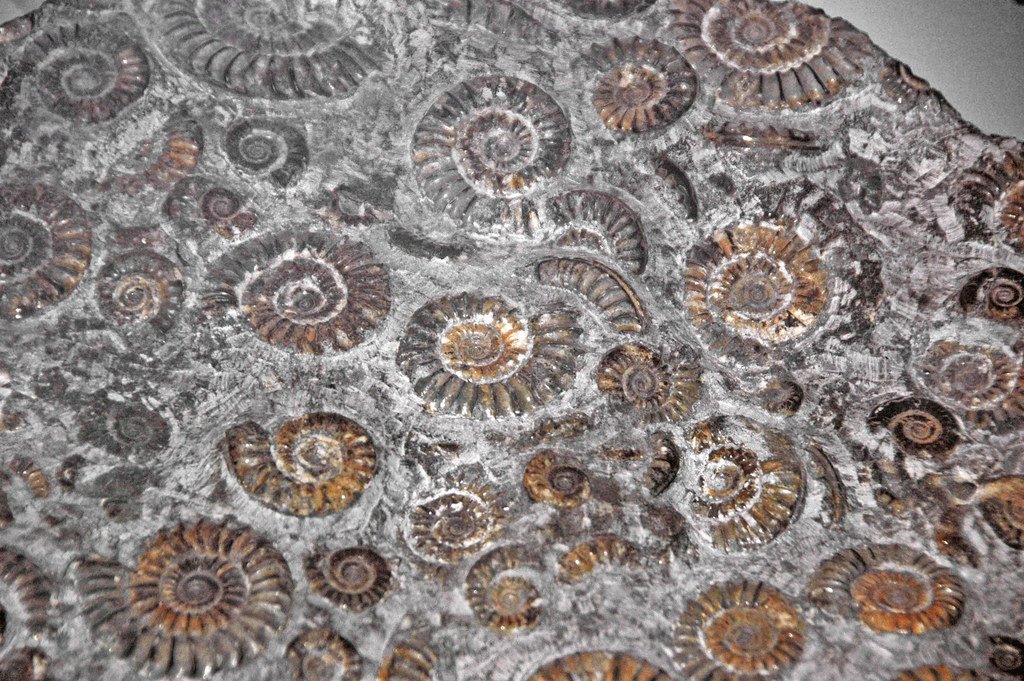
Ammonites, with their spiral shells, were among the most common residents of the Texas seaway. These creatures, related to modern squids and octopuses, grew as big as truck tires. Their shells, often beautifully preserved and patterned, are found throughout Texas, sometimes glittering with minerals. Ammonites weren’t predators like mosasaurs, but they were a vital part of the food chain, feeding countless animals—and leaving behind some of the most striking fossils you’ll ever see.
Clams, Oysters, and Other Ancient Shellfish
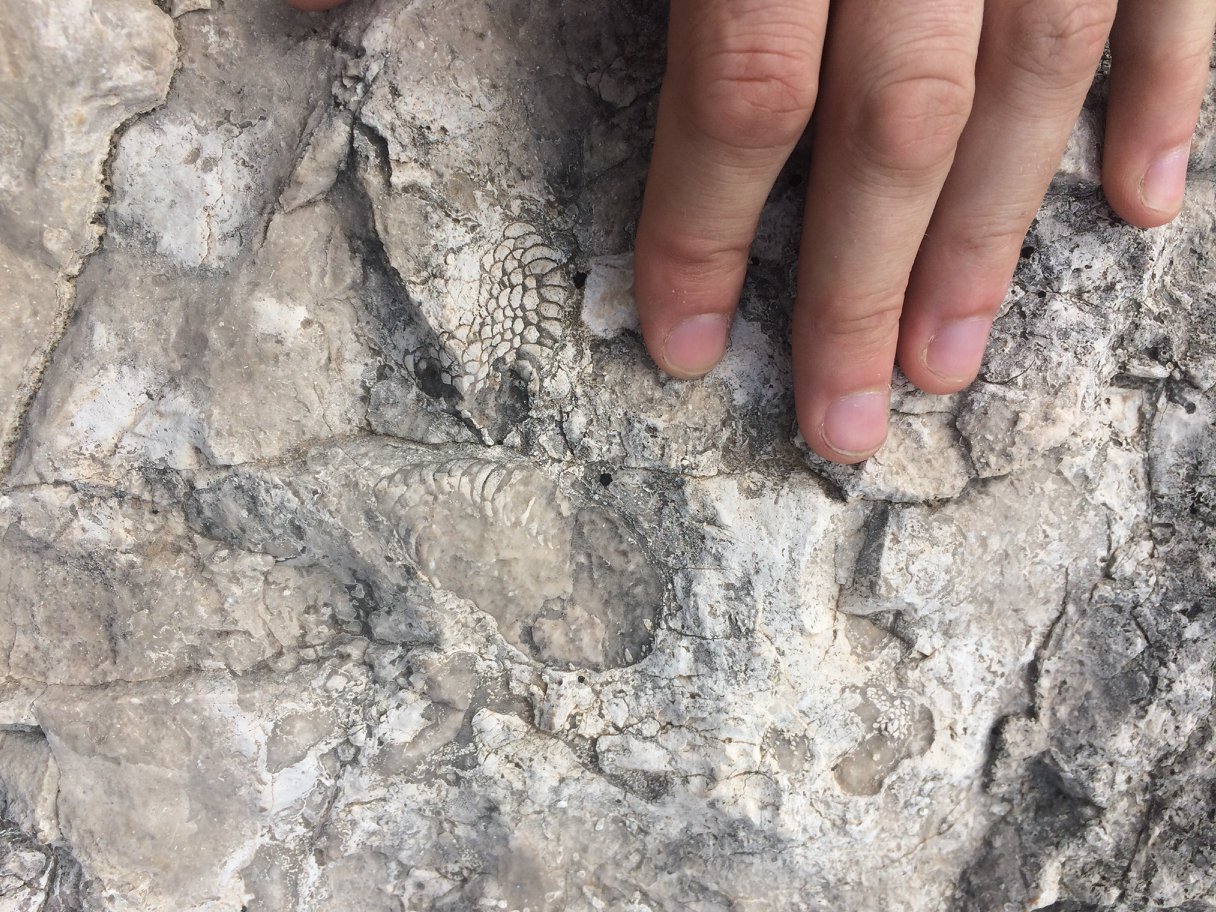
Beneath the monsters and giants of Texas’s ancient sea were the humble shellfish. Clams, oysters, and brachiopods formed reefs that stretched for miles, building the foundation for the entire ecosystem. Fossilized shells can be found in limestone formations all over Texas, each one a tiny piece of the puzzle. These shellfish thrived in the warm, shallow waters, filtering nutrients and providing food for creatures big and small. Without them, the sea monsters above would have had nothing to eat.
Evidence in Stone: The Teeth That Tell the Tale
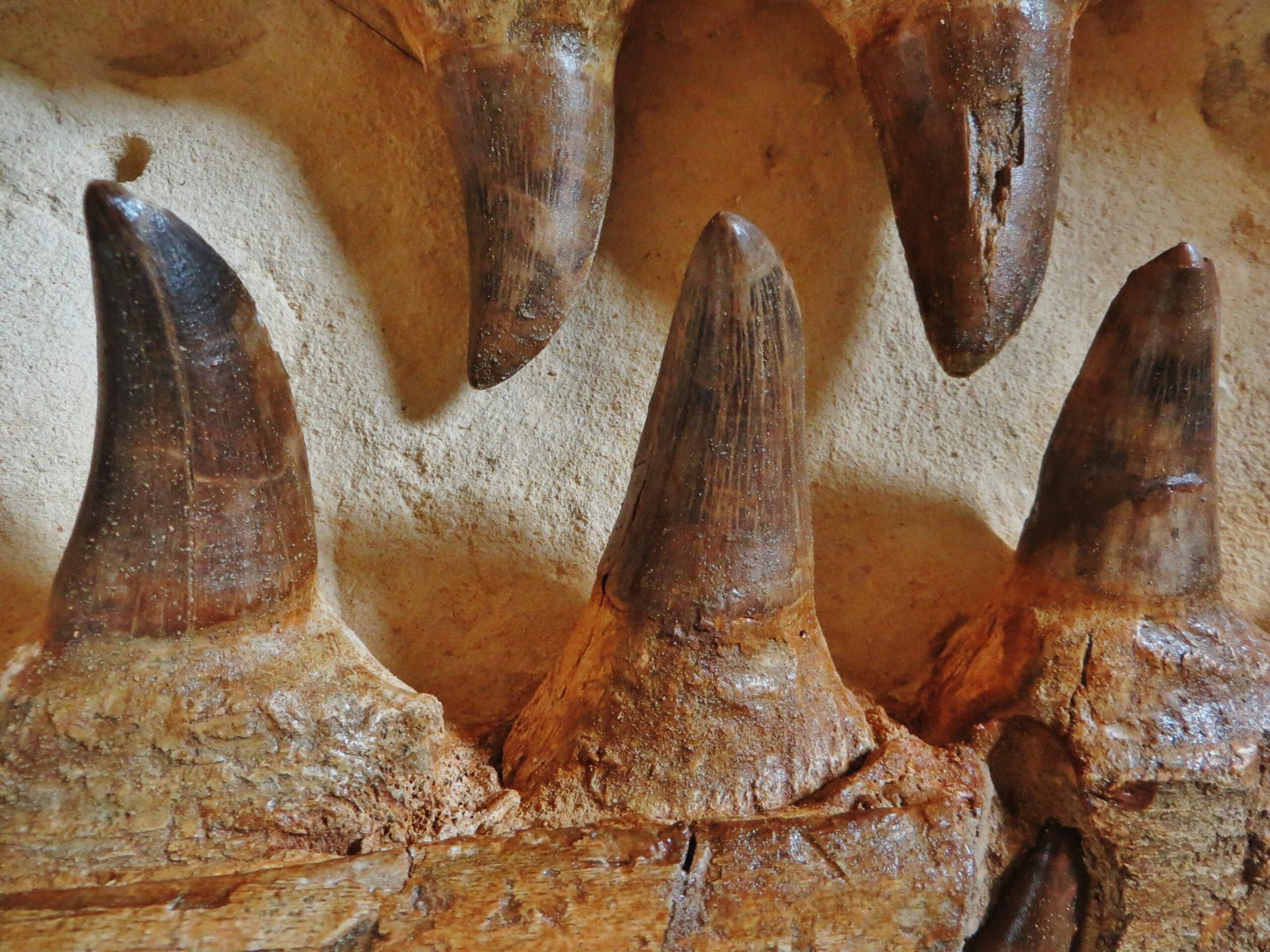
Perhaps the most dramatic evidence of Texas’s watery past comes in the form of teeth—sharp, serrated, and perfectly preserved. Mosasaur and shark teeth, in particular, are found by the thousands, their enamel shining even after millions of years underground. These teeth tell stories of fierce battles, desperate hunts, and constant survival. For paleontologists, finding a tooth is like shaking hands with a monster from another world. Each discovery adds a new chapter to the story of Texas’s prehistoric sea.
Fossil Hunting Today: A Modern-Day Adventure
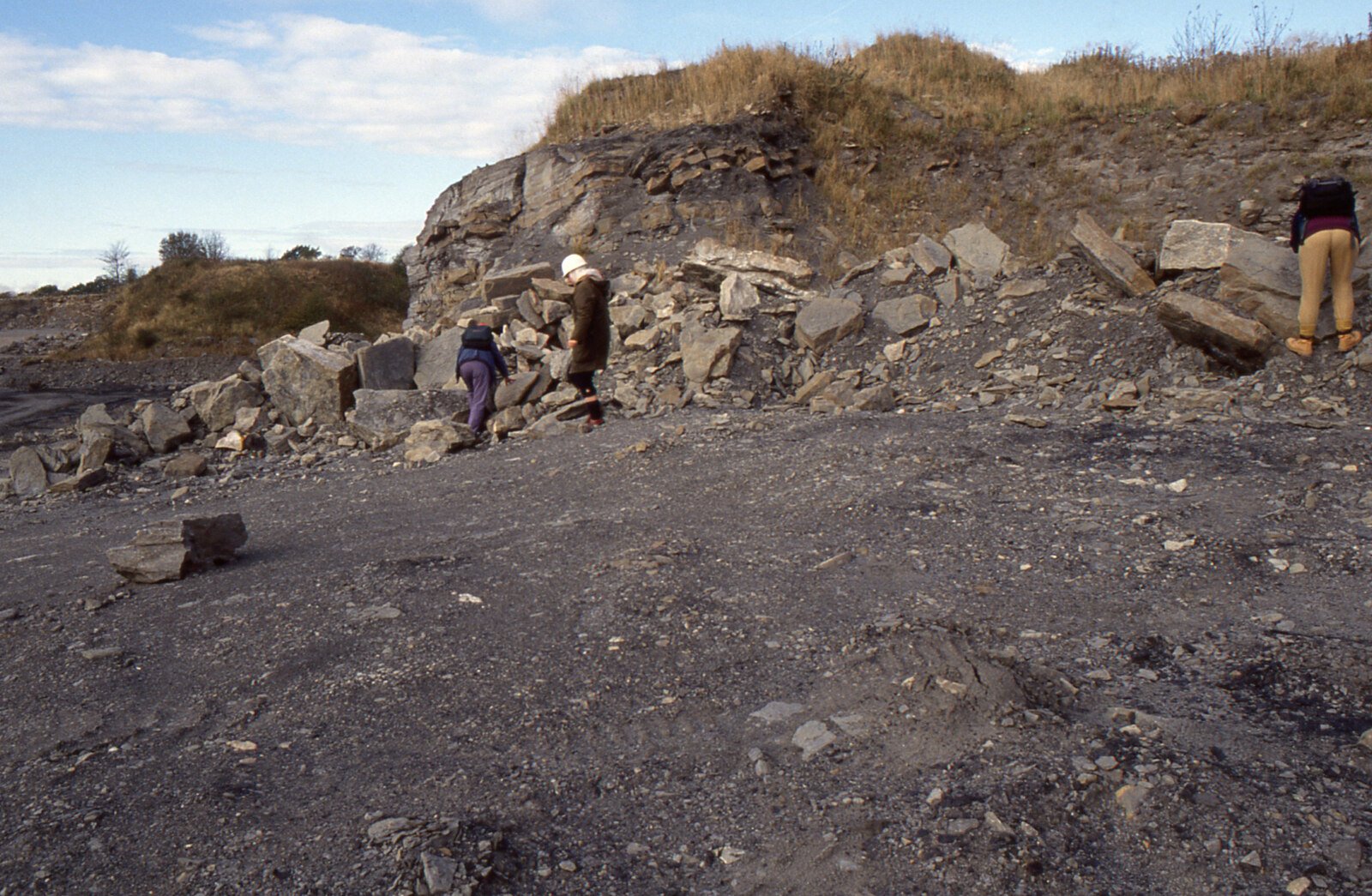
You don’t need a PhD to hunt for fossils in Texas—just a keen eye and a sense of adventure. Many parks, riverbanks, and road cuts are open to the public, where anyone can stumble across a piece of ancient history. It’s a family-friendly hobby that sparks curiosity and wonder in kids and adults alike. There’s nothing quite like holding a 90-million-year-old shark tooth in your hand, feeling the weight of time and the thrill of discovery all at once. Fossil hunting turns ordinary days into unforgettable adventures.
From Ancient Sea to Modern Soil: How Texas Changed
How did Texas transform from a shallow sea into the land we know today? Over millions of years, tectonic forces pushed the land upward, draining the ancient seaway and exposing the ocean floor to wind and weather. Layers of sediment, once underwater, became the hills and plains of modern Texas. This dramatic change is recorded in the rocks, which shift from marine limestones to terrestrial clays and sands. The very ground beneath our feet is a living archive of Texas’s wild past.
What Fossils Teach Us About Climate and Change
Fossils are more than cool souvenirs—they’re vital clues about Earth’s changing climate. By studying the shells, bones, and teeth from Texas’s ancient sea, scientists learn about ocean temperatures, sea levels, and even mass extinctions. The story locked in the rocks helps us understand how life adapts—or disappears—when the world changes. This knowledge isn’t just about the past; it’s a window into our planet’s future, too.
Why Texas Fossils Matter to Science

Texas’s rich fossil beds aren’t just local treasures—they’re critical to paleontology worldwide. The diversity and abundance of fossils here allow scientists to reconstruct entire ecosystems, tracking how species evolved and interacted. Discoveries in Texas have even rewritten the textbooks, revealing new species and changing our understanding of ancient life. Every new find has the potential to shake up what we thought we knew, proving that science is always an adventure.
Local Legends and Folk Tales Inspired by Fossils
Long before scientists explained them, Texas fossils inspired wild stories and legends. Early settlers and Indigenous peoples sometimes found massive bones and teeth, imagining they belonged to dragons or giants. Some communities still tell tales of monsters buried beneath the plains, their spirits lingering in the rocks. These stories blend wonder and fear, showing how fossils spark the imagination as much as they feed scientific curiosity.
Why Kids and Adults Alike Love Fossil Finds
There’s something magical about fossils that captures imaginations of all ages. For kids, finding a fossil can feel like discovering buried treasure—a secret message from a lost world. For adults, fossils connect us to nature’s deep history and remind us how small we really are. Fossil hunting is more than a hobby; it’s a way to tap into our sense of wonder, to hold a piece of the past in our own two hands.
Modern Museums: Protecting and Sharing Ancient Treasures
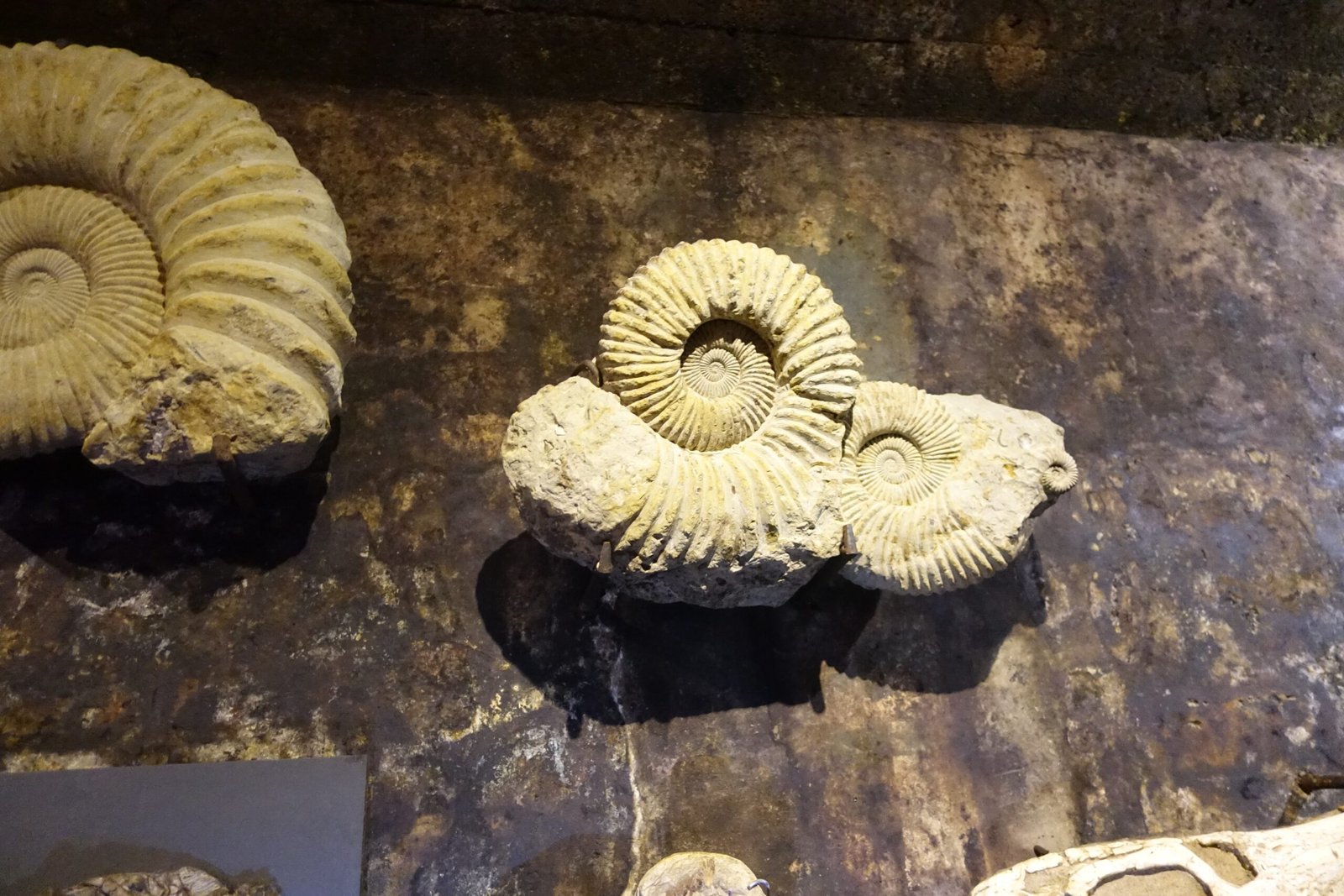
Many of Texas’s most incredible fossils end up in museums, where they’re studied, preserved, and put on display. Museums like the Houston Museum of Natural Science and the Texas Memorial Museum offer a chance to see giant mosasaur skeletons, massive turtle shells, and dazzling ammonite spirals up close. These institutions are more than just buildings—they’re gateways to the past, inspiring new generations to ask bold, curious questions about our world.
The Enduring Mystery: What’s Still Waiting to Be Found?

Despite decades of exploration, the ancient sea of Texas still hides countless secrets. Every year, fossil hunters and scientists uncover new species, strange bones, and mysterious teeth that defy easy explanation. The thrill of the unknown keeps people digging, searching, and dreaming. Who knows what monsters still lie buried, waiting for someone to uncover their story?
The Power of Imagination: Bringing Ancient Texas to Life
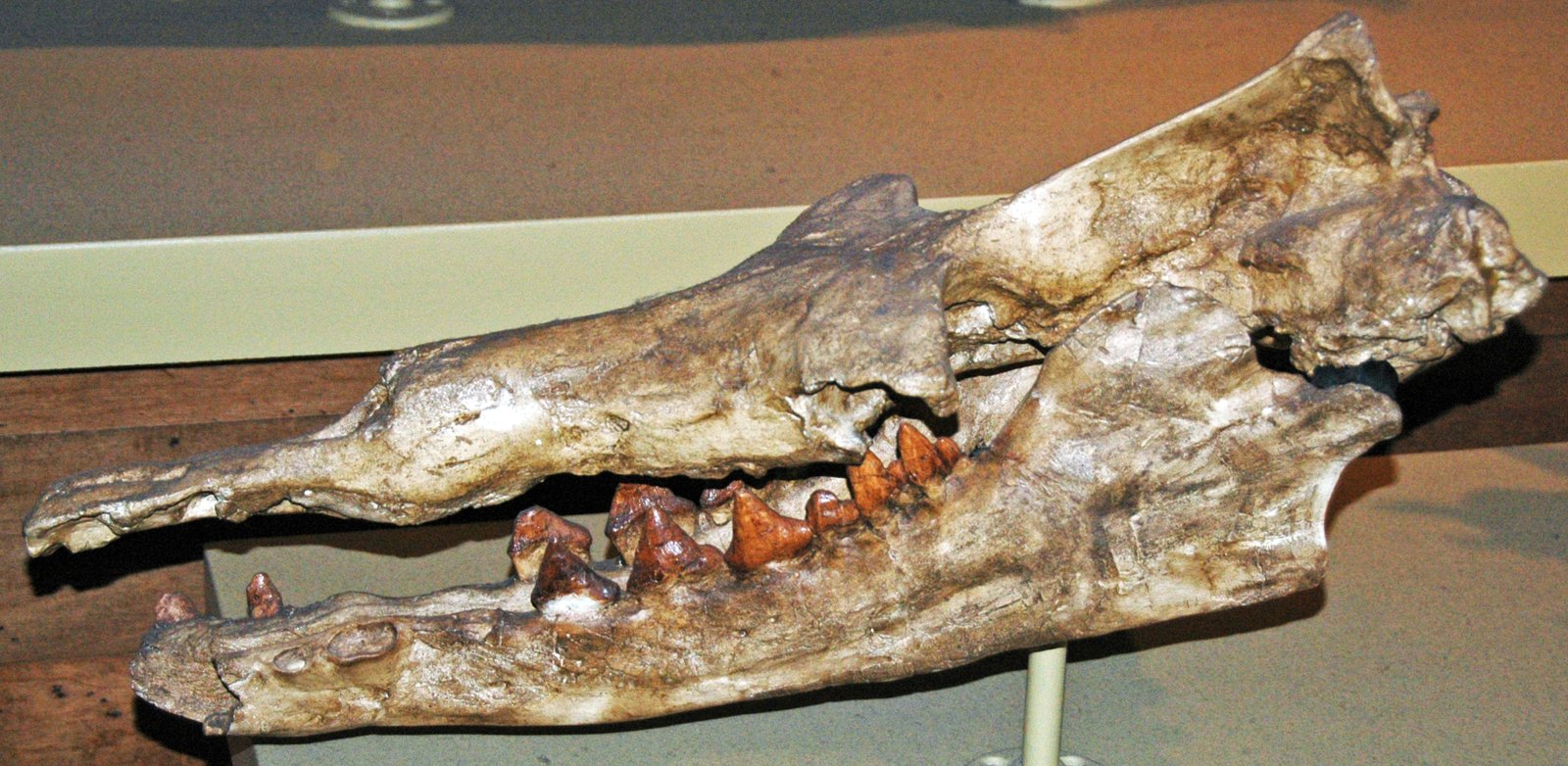
When we picture Texas as a shallow sea, filled with monsters and mysteries, we’re reminded how powerful our imaginations can be. Fossils transform ordinary rocks into portals to another world, where the impossible becomes real. Whether you’re a scientist, a storyteller, or just someone who loves a good adventure, the story of ancient Texas invites us all to dream a little bigger and look beneath the surface for wonders yet to be discovered.
The next time you walk through the wilds of Texas, remember the monsters that once swam beneath your feet. The proof is all around us—in every tooth, shell, and bone, the echoes of an ancient sea that will never truly disappear.


